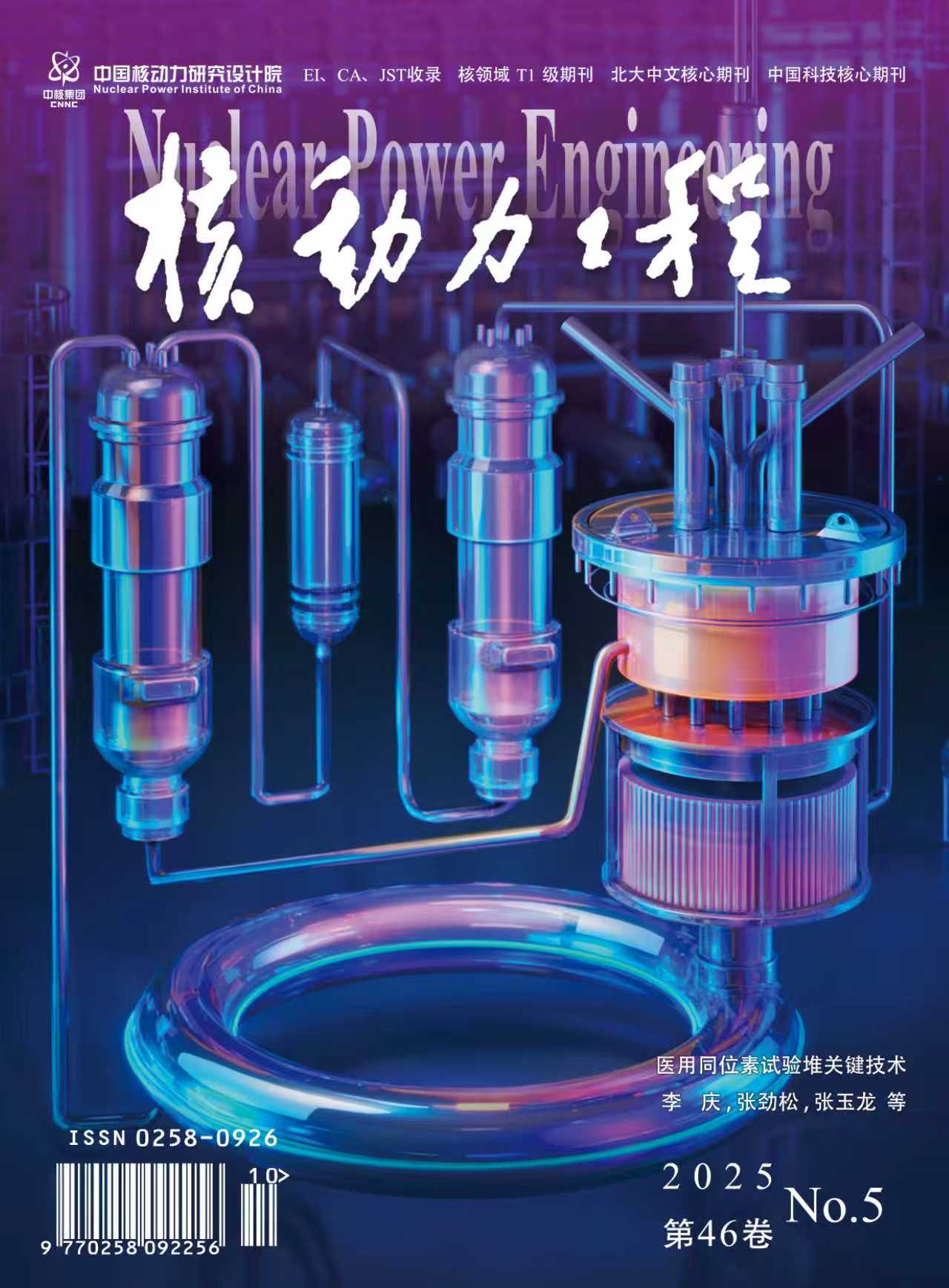2009 Vol. 30, No. 1
Display Method:
2009, 30(1): 1-4.
Abstract:
2009, 30(1): 5-7.
Abstract:
2009, 30(1): 8-13.
Abstract:
2009, 30(1): 14-16,35.
Abstract:
2009, 30(1): 17-19.
Abstract:
2009, 30(1): 20-25.
Abstract:
2009, 30(1): 26-30.
Abstract:
2009, 30(1): 31-35.
Abstract:
2009, 30(1): 36-39,77.
Abstract:
2009, 30(1): 40-44.
Abstract:
2009, 30(1): 45-49,73.
Abstract:
2009, 30(1): 50-55.
Abstract:
2009, 30(1): 56-59.
Abstract:
2009, 30(1): 60-63.
Abstract:
2009, 30(1): 64-67.
Abstract:
2009, 30(1): 68-73.
Abstract:
2009, 30(1): 74-77.
Abstract:
2009, 30(1): 78-81.
Abstract:
2009, 30(1): 82-85.
Abstract:
2009, 30(1): 86-89,94.
Abstract:
2009, 30(1): 90-94.
Abstract:
2009, 30(1): 95-99.
Abstract:
2009, 30(1): 100-103.
Abstract:
2009, 30(1): 104-108.
Abstract:
2009, 30(1): 109-111.
Abstract:
2009, 30(1): 112-115.
Abstract:
2009, 30(1): 116-120.
Abstract:
2009, 30(1): 121-123,128.
Abstract:
2009, 30(1): 124-128.
Abstract:



